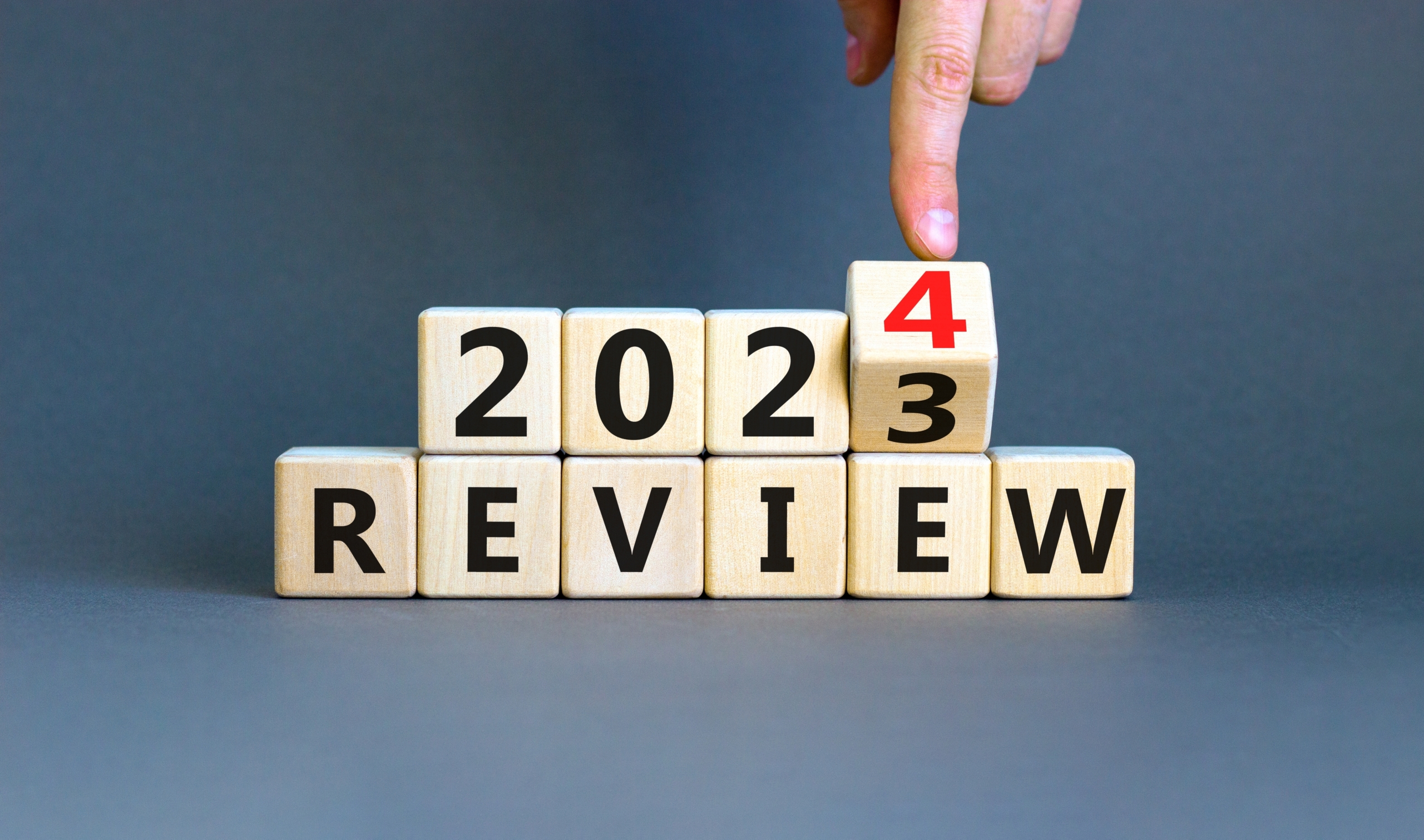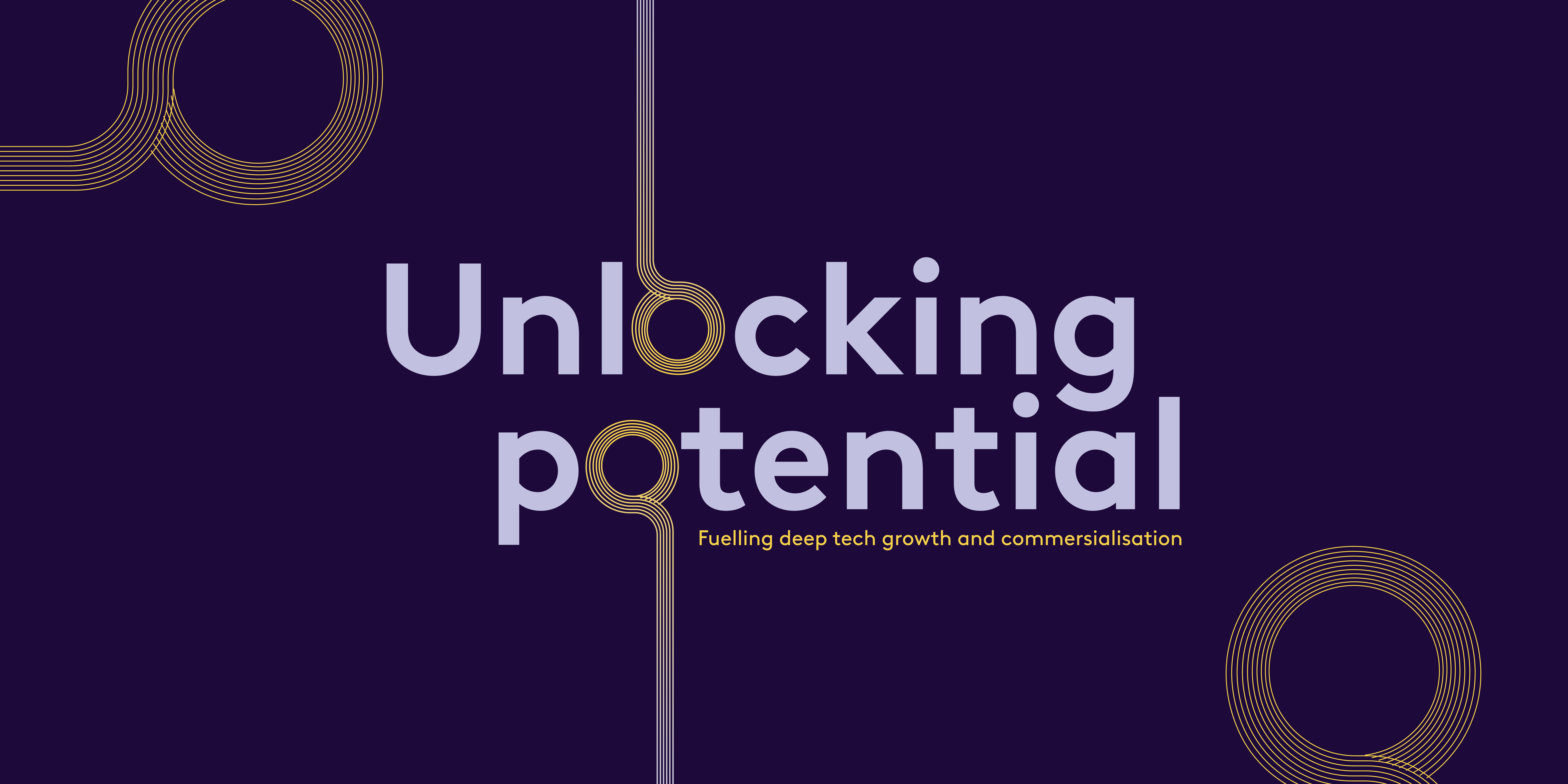Can you sell like an American?
Communication
American culture is direct and emotionally expressive. Even if you’ve spoken English your whole life, its style might not come naturally. To close deals, you need to say what you want and what you offer clearly and persuasively.
Conversations will involve less small talk than might be your custom; instead, many Americans “cut to the chase” in a way that can appear cold to Europeans. Americans are not used to the European custom of self-deprecation; instead, Americans value projecting confidence and self-promotion. Direct feedback (which can feel harsh to a European) is much more common and should not be cause for alarm.
Going native
Localization is a key part of your US market entry. More than the language, it speaks to the message: The arguments and phrasing that resonate with your American audience. This message might be very dissimilar in content and style to your European pitch, so make sure you have local input from trusted and seasoned partners in developing that content. Contracts, currency, marketing collateral, customer service – all require revisions. Small slips – such as date formats (M/D/Y vs. D/M/Y) can cause miscommunication.
Meetings
Americans are inherently more forward. The US approach to business networking is quite different to Europe: it is quicker and more transactional. Americans have shorter meetings than Europeans: 30 minutes is a common standard.
Regional differences in the US can play a significant role in business demeanor. A meeting that seemed cold in New York might yield a contract on the same day, while a warm and enthusiastic reception in Los Angeles might only be a measure of politeness and hospitality, not of real business interest.
Web demos
If you’re doing enterprise sales in Europe, you’ll likely be expected to attend a meeting in person. In the US, it is not uncommon to sell over web demo or video call, given the country’s geographic scale. In large and complex deals, some face-to-face meetings will still be required but the relationship can be developed and nurtured remotely.
“Early sales wins are crucial; you’re burning cash here and you need to have momentum; until you have happy flagship accounts you shouldn’t scale the sales organization.” Tim Brown, Maxymizer
“You need to have ‘aggressive selling and marketing’ as a mental model in the US. It is a market that requires a combination of boldness, assertiveness, and professionalism. European founders could rev up their approach by a couple of notches.” Ari Salonen, Midaxo
How will you price your products?
Pricing is often one of the most overlooked drivers of growth. Just as most other aspects of your business, your pricing may also need adjustments in your US expansion.
Your pricing model
The unit economics of your business and the timing when you can expect to achieve profitability should be clear to you. Identifying your basic pricing unit will allow you to calculate the Lifetime Value (LTV) of a customer once you understand your Customer Acquisition Cost (CAC). At a minimum, a profitable pricing model requires a LTV/CAC ratio greater than 1 for each customer. Overall, the lower the LTV/CAC ratio, the longer it will take to recoup the cost it took to acquire each customer.
While it seems basic, don’t take it for granted that economics that work in Europe will be viable in the US. Competitive pressures on the pricing side coupled with higher CAC in the US can make the economics unviable for many businesses.
With a firm understanding of your unit economics, you can find the right pricing model for your company’s short- and long-term growth strategy:
• Value-based Pricing – setting prices based on the perceived value of your product to the customer.
• Competitor-based Pricing – using competitor pricing as a benchmark to determine pricing instead of looking at costs or consumer demand.
• Cost-Plus Pricing – pricing your products to cover not only the cost of production and overhead but also the percentage of profit you need.
• Demand-based Pricing – as the name suggests, pricing that uses perceived consumer demand to predict the optimal combination of volume and profit. This is more common for wholesalers and retailers.
Of the four pricing models, most early companies are best suited, and should aspire to, value-based pricing when going to market internationally. Value-based pricing requires deep understanding of your target customers and the market segment in which you are entering – pre-work that helps you determine your localized strategy.
“ On your unit economics, take every single metric and stress-test every single variable against comps in the US” – Rytis Vitkauskas, YPlan
Localized strategies
Spotify is a great case study in localized pricing strategy. Spotify came up with over 25 different pricing models when entering new international markets.
Spotify Premium Index
Knowing how vital it was to get pricing right, particularly in markets where paying for music was rare or an outdated concept, Spotify spent time and effort understanding the variables that might lead to different pricing sensitivity. That’s why in the US market they came up with a tiered plan: one for families, one for students and one for standalone users.
Understanding the buying decision process for each of its personas, in each of its geographies, Spotify was able to develop a local strategy that was appropriate for each market.
Get feedback from your team
Pricing should include input from your Management and Finance teams but also Sales, Marketing and Product teams – those functions are close to the customer and can help you figure out what customers are willing to pay. Additionally, each function uses pricing in different ways: Marketing thinks about how pricing reflects the brand’s overall positioning; Sales uses pricing to close sales and convert customers; Product needs to understand the value of what they are creating in the eyes of the customer. Consider creating a pricing committee with a member of each of these teams to meet and assess pricing regularly.
Pricing shouldn’t be static
The final rule of pricing your product in a new market: do not set it and forget it. Even in the off-chance that you enter the market with the perfect price point to achieve strong market penetration, competitive dynamics can quickly shift as can the perceived value of your product in the eyes of consumers. In the age of the empowered consumer, companies should approach pricing with a more flexible and iterative mindset, evaluating pricing every 3-6 months.














